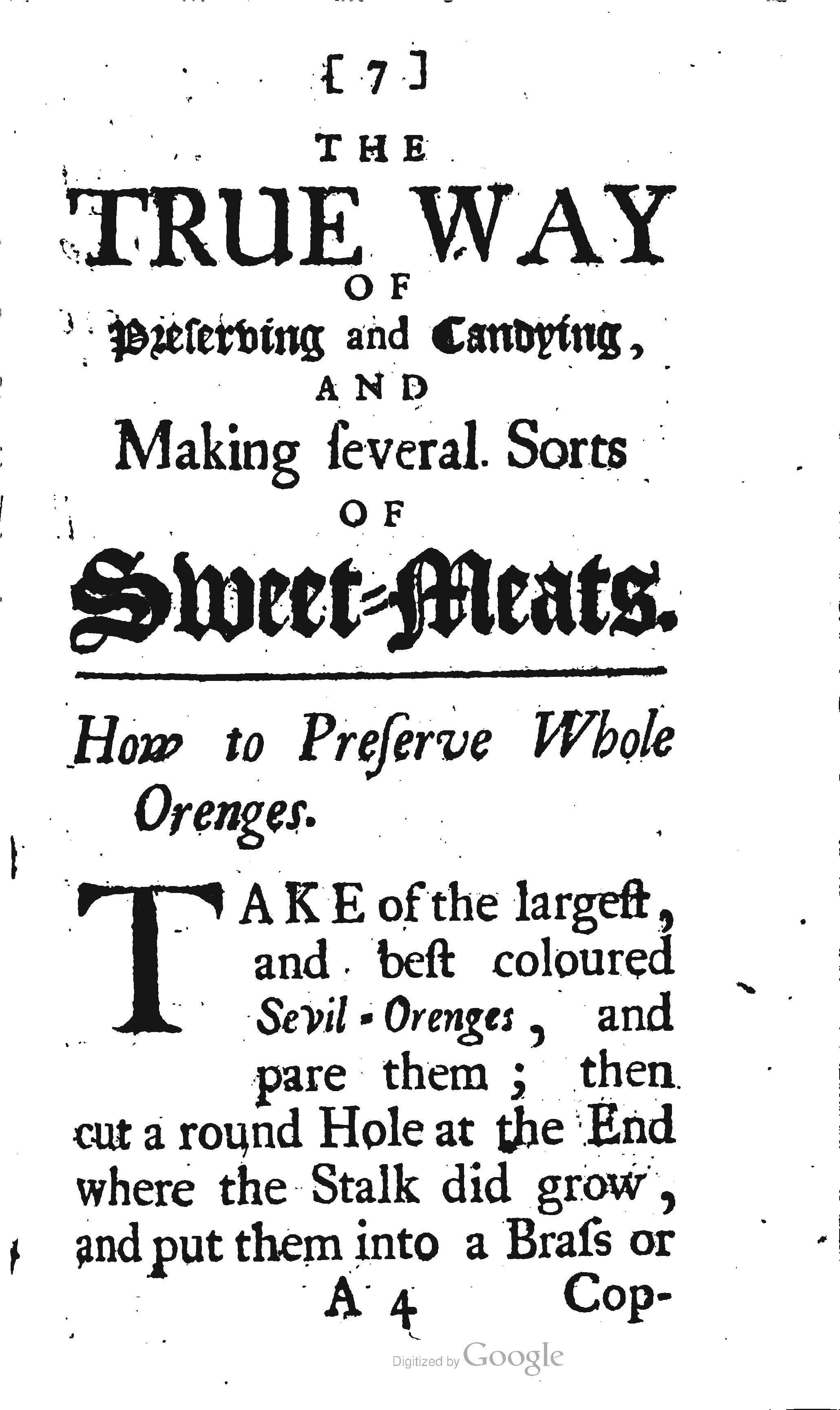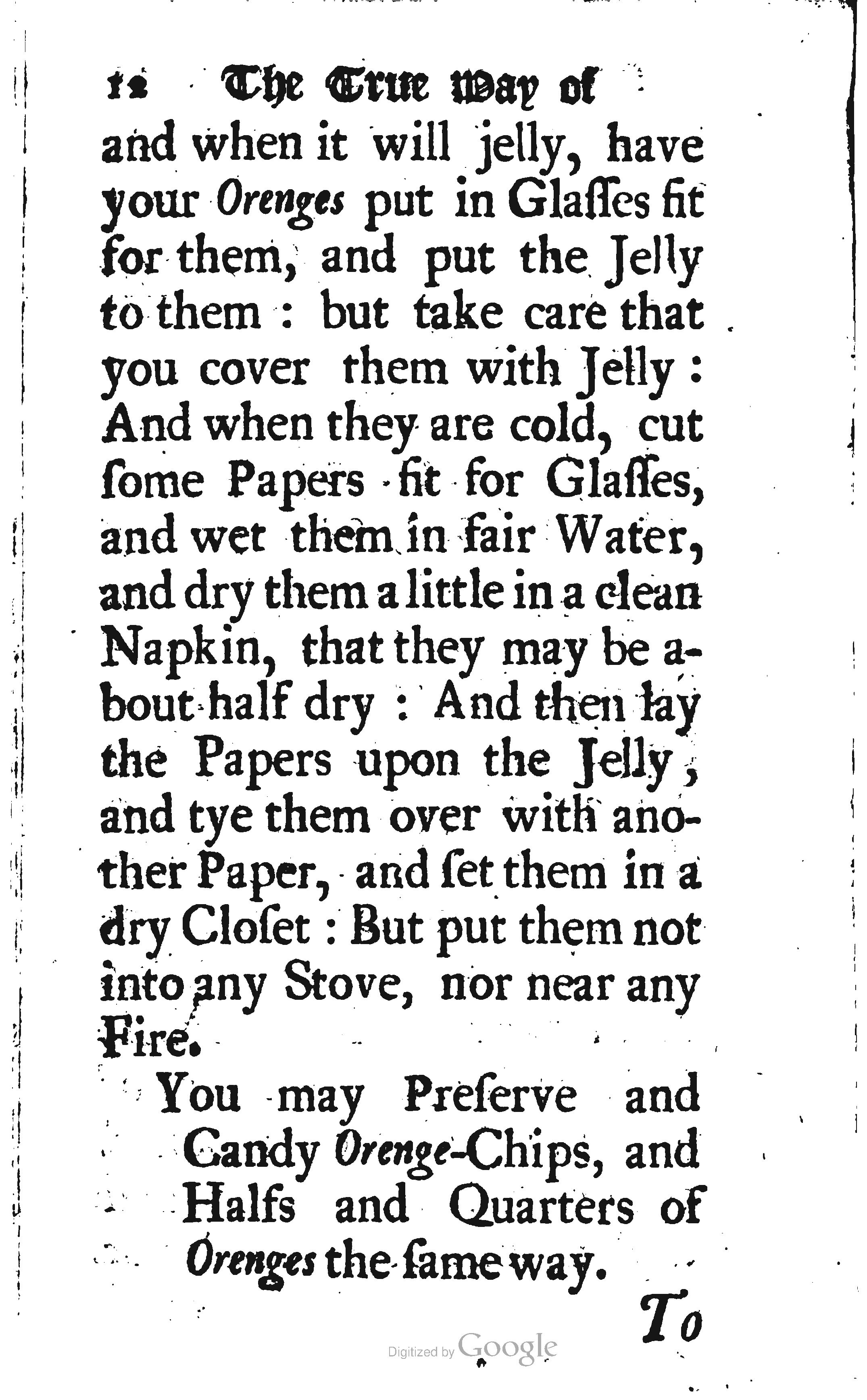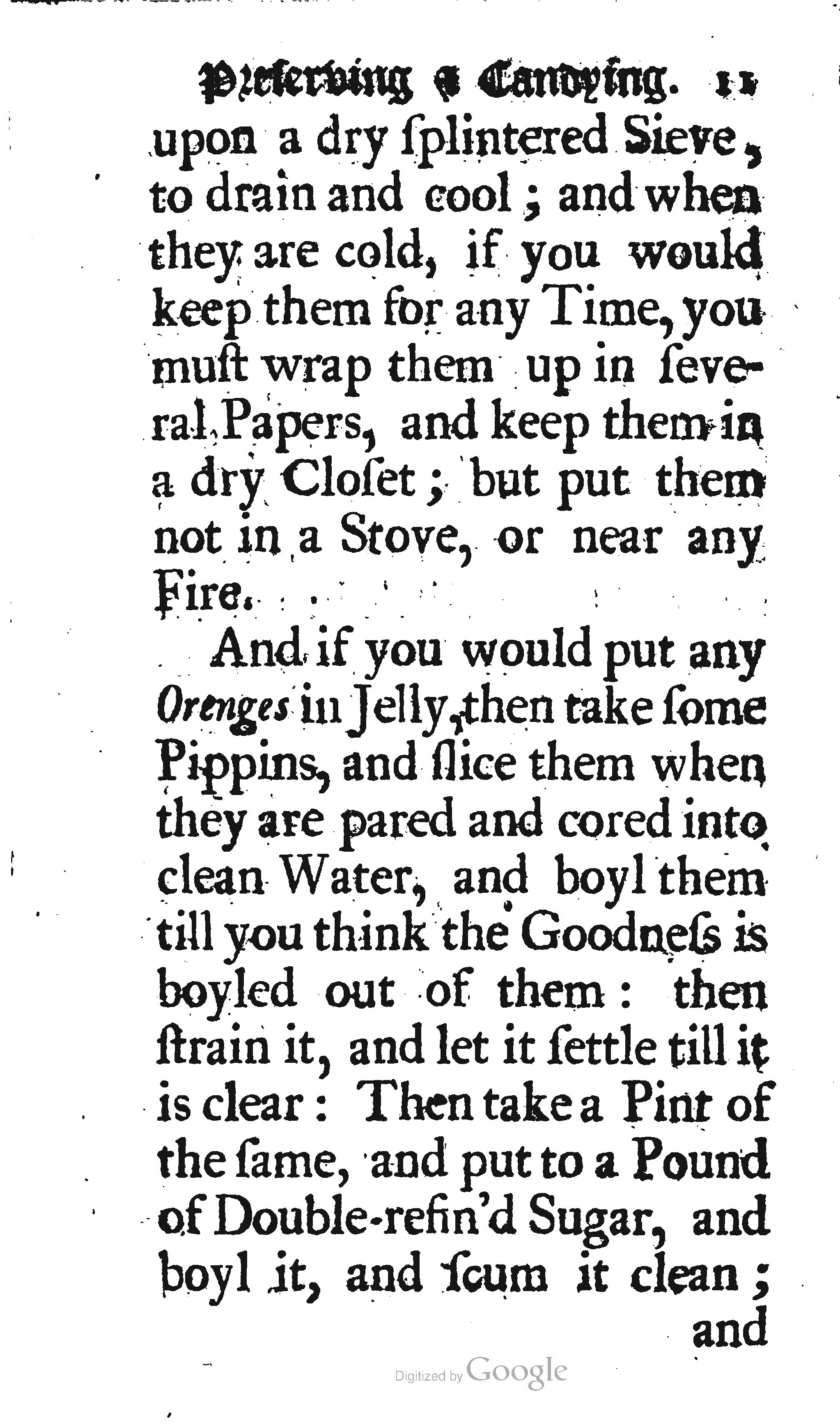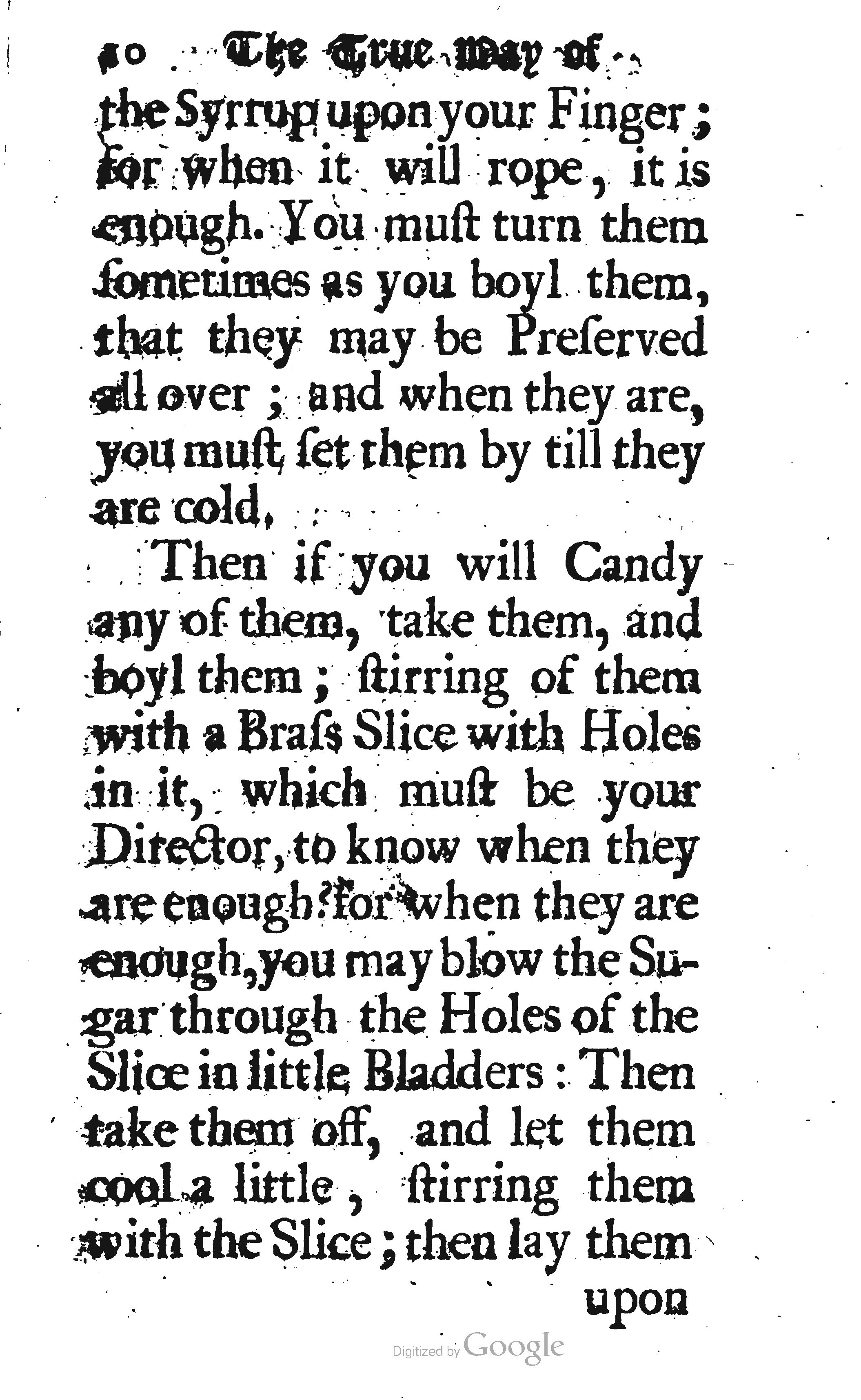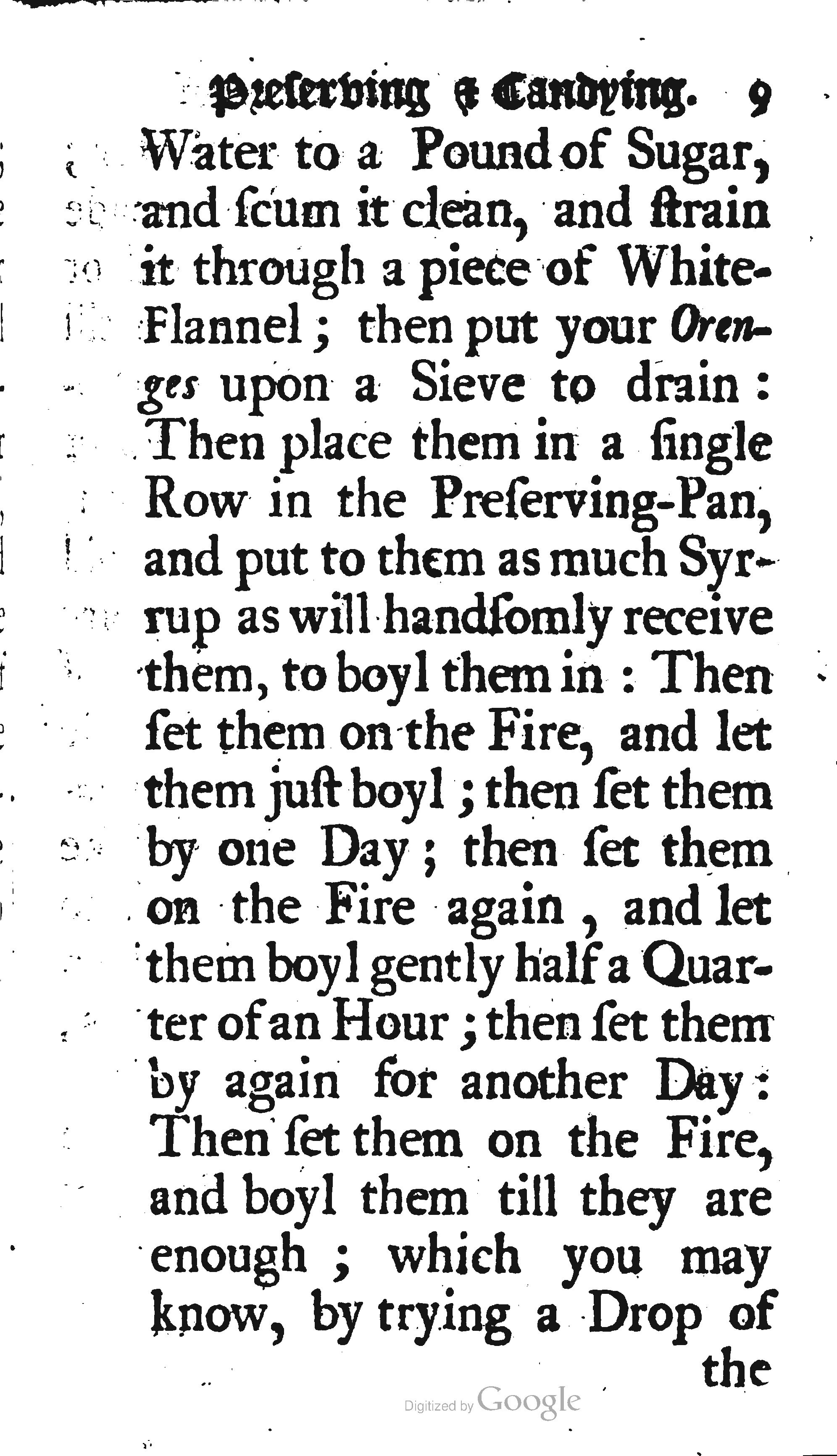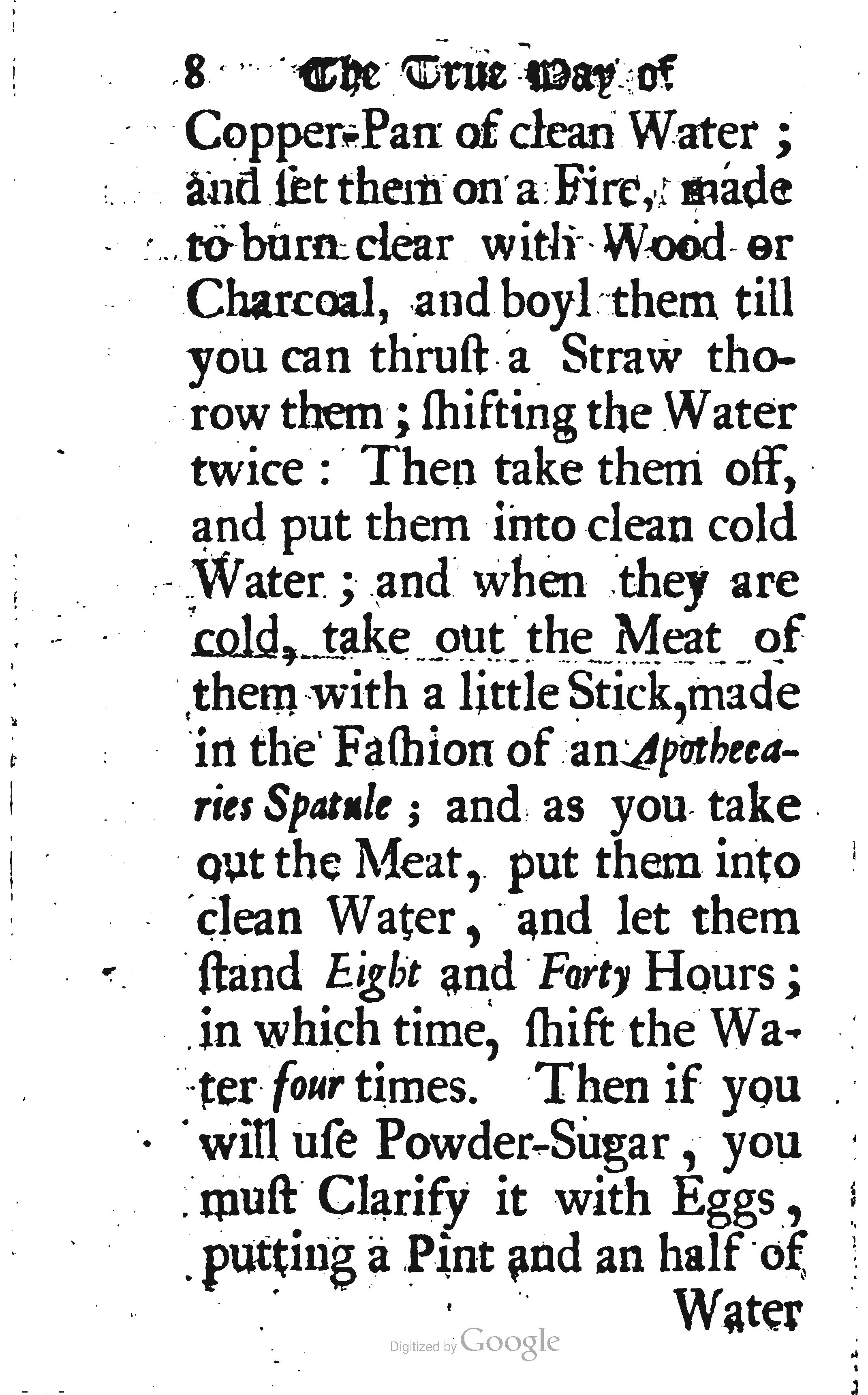Celebrate Valentine's Day with a Sweet Treat from the Stacks of the University of Chicago Library
An advertisement from the “Confectioners journal,” c.1 v.45 Jul-Dec 1919.
By Clare Austen-Smith
"Valentine’s Day Candy is a tradition dating to the mid-19th century due to the work of icons like Cadbury and Hershey," writes Reese Fulgenzi, John Crerar Foundation Fellow in the History of Science. This Valentine's Day, we at UChicago Arts thought we'd virtually explore the collections to find some, shall we say, vintage options for readers in search of a sweet—and historical—way to celebrate Valentine's Day.
1681
In the 1600s, if you got your hands on an orange (especially if you weren’t any sort of nobility) you’d want to make it last.
Perhaps that’s why the first recipe in “A true way of preserving & candying, and making several sorts of sweet-meats, according to the best & truest manner,” published by the author in 1685, starts off with an exhaustive recipe for preserving oranges. The author also noted some clear intentions in publishing their recipes, as the subtitle notes the volume was “made publick for the benefit of all English ladies and gentlewomen, especially for my schollars.”
1772
What did King George III want served at his table for desert? Hannah Glasse might know. "The Complete Confectioner," by Hannah Glasse was a compilation of dessert recipes from the 1700s that promises to deliver "the whole art of confectionary made plain and easy."
And she is serious about "whole," the content of the book range from cakes to syrups to home brewing your own mead, and the full title of the book is: "The complete confectioner, or, Housekeeper's guide to a simple and speedy method of understanding the whole art of confectionary: The various ways of preserving and candying, dry and liquid, all kinds of fruit, nuts, flowers, herbs. And the method of keeping them fresh and fine all the year round; the different ways of clarifying sugar; with directions for making fruit pastes, bomboons, pastils, compotes, fruit ices, cream ices, marmalades, jellies, jams, cakes, puffs, biscuits, tarts, custards, cheesecakes, sweetmeats, fritters, creams, syllabubs, blanc-mange, flummeries, ornaments for grand entertainments, dragees, syrups of all kinds, nicknacks and trifles for desserts, strong cordials, oils, simple waters, milk punch that will keep 20 years, and all sorts of English wines. Also, the art of making artificial fruit, with the stalks in it, so as to resemble the natural fruit. To which are added, some bills of fare for desserts for private families."
Even the most ambitious Bon Appetit subscriber would have to do a bit of heavy lifting to execute this recipe for a "Rich Seed Cake," - literally, as it calls for four pounds of flour and over 20 eggs. Feeling more adventurous? Check out recipes for syllabubs and flummery - and let us know what they are when you find out.
1904
Mrs. W.H. Wilson’s 1904 cookbook on desserts touts the hand nature of the book itself, offering “recipes of merit compiled in handy form for quick reference.” This recipe for “Moonshine,” which is a little more accessible in terms of quantity and ingredients, is reminiscent of a meringue or a pavlova. The main ingredient you will need is a lot of forearm strength (30 minutes of whisking!)
"1904, a leap year valentine": postcard showing a man, woman, and Cupid and the year 1904 written in gold number. Image courtesy of Wikimedia Commons.
Instructions:
Beat whites of 6 eggs to stiff froth; add gradually 6 tablespoons of powdered sugar.
To make it thicker, add more sugar.
Beat for 30 minutes; then beat in 1 table-spoon of preserved peaches cut up very fine.
Set on ice to get perfectly cold. Serve with whipped cream.
1934
Finally, for those who aren’t interested in buying a candy thermometer, there is always the option of purchasing a sweet treat for your partner or yourself. As the history of candy in Chicago can attest, this always been a popular option. The 2010 exhibition "Sweet Home Chicago," still available to view digitally, explores the history of candy making right here in Chicago.
There is more to know about the 1934 World's Fair than what happened in Erik Larson's best seller, "Devil in the White City." For example, Julia King's pamphlet "Some Facts About Nuts," sought to educate fairgoers about the quality of nuts, how to use them in sweets, and of course, why they should buy her nuts for their candies over anyone else's.


